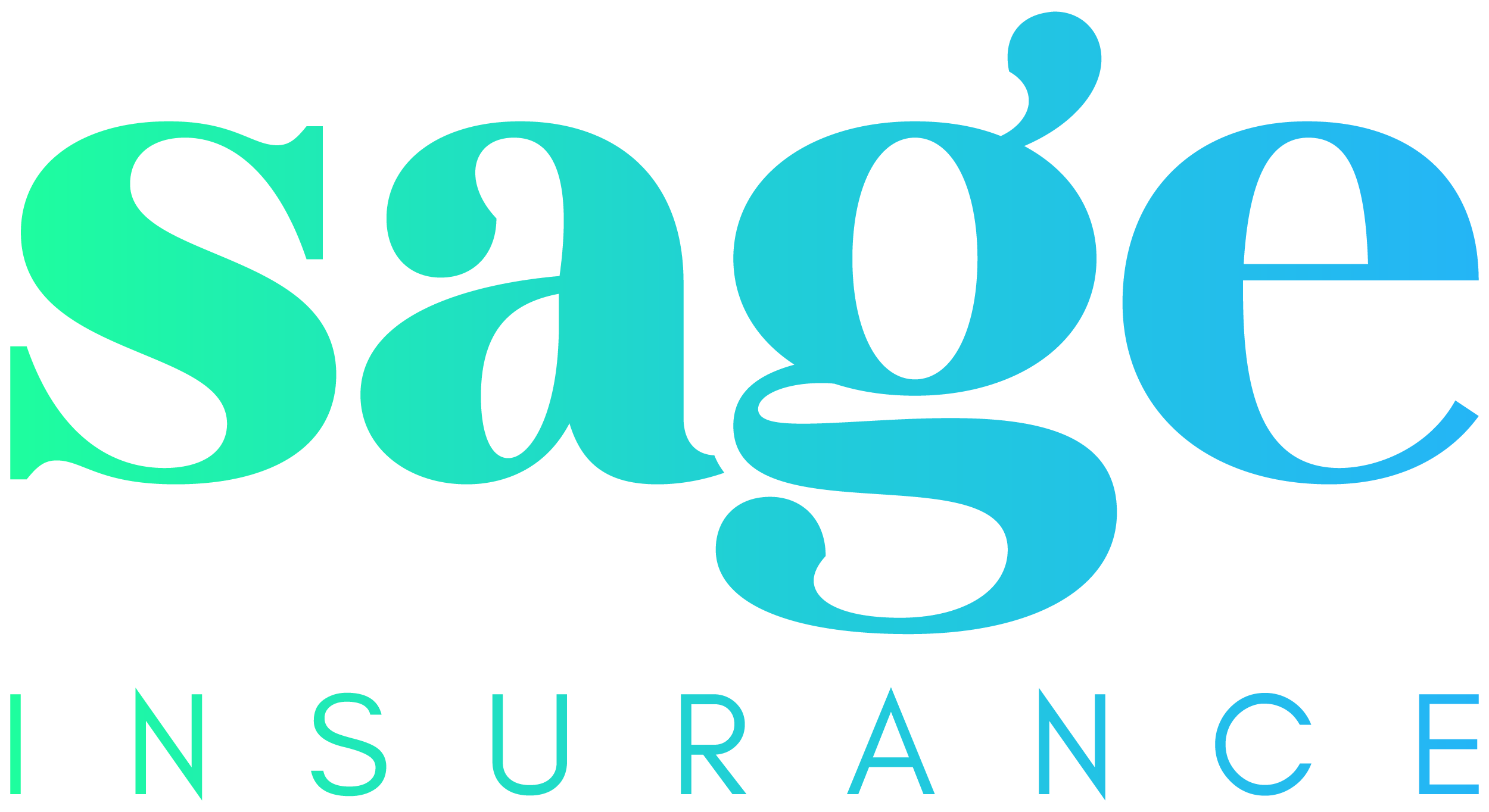


Risk on the Move: Transport and Logistics Coverage
Understanding the Risk Landscape
Businesses operating in the logistics and transport sector face one of the most complex and dynamic risk environments in the Australian economy. Running on lean margins, with moving parts across vehicles, cargo, warehousing, third-party contracts and regulatory compliance, even a minor oversight in coverage can result in significant financial or operational loss.
From small courier operations to national freight companies, these businesses depend on continuity, timing and reputation. A single incident can have ripple effects that extend across the entire supply chain. Insurance plays a crucial role in managing these risks, but too often, businesses discover their cover is incomplete when it matters most.
Key Insurance Policies Every Logistics Business Should Consider
To operate with confidence, transport and logistics businesses should ensure they have coverage across the following areas:
Commercial Motor Insurance: Protects owned or leased vehicles used for business operations, including damage and third-party liability.
Goods in Transit / Marine Cargo Insurance: Covers loss or damage to goods while being transported, whether by road, rail, air or sea.
Carrier’s Liability Insurance: Protects carriers when goods they are transporting are damaged or lost, depending on contractual obligations and transport legislation.
Public and Products Liability: Covers injury or property damage caused to third parties in the course of operations, whether on the road or on customer premises.
Warehouse / Property Insurance: Covers business premises, contents and equipment against fire, theft, weather events and more.
Business Interruption Insurance: Helps cover lost income and ongoing costs if operations are disrupted due to an insured event. Downtime cover is available for smaller transport operators, this is an optional cover that provides compensation for lost income during this period, not just the repair or replacement of the vehicle
Management Liability and Cyber Insurance: As logistics businesses become more tech-enabled and interconnected, coverage for digital threats, regulatory investigations and director liability is becoming essential.
Where Underinsurance Typically Occurs
In logistics and transport, underinsurance often arises in the following ways:
Vehicle and asset values are not updated in line with market changes or fleet upgrades.
Transit cover does not match the full value or volume of cargo, especially for high-risk or high-value goods.
Business interruption is underestimated, particularly when it depends on third-party suppliers, vehicle availability or depot operations.
Cyber insurance is omitted despite increasing reliance on digital tracking systems, booking portals and customer databases.
Contractual liabilities are not reflected in the insurance structure, especially when operating under subcontracting or third-party agreements.
These gaps usually come to light during a claim, when the ability to recover swiftly is critical.
Consequences of Inadequate Coverage
The implications of underinsurance in logistics are not purely financial. They can affect contract performance, client relationships and even regulatory compliance. In some cases, businesses may be forced to absorb significant losses or pause operations, resulting in missed deliveries, reputational damage and long-term commercial setbacks.
How Sage Insurance Supports the Transport Sector
Sage Insurance works closely with logistics providers, transport operators, freight brokers and warehouse managers to provide intelligent risk solutions. We help you:
Review all key risk areas, including fleet, goods, contracts and cyber exposure
Ensure policy limits and sub-limits align with operational realities
Build tailored, multi-policy programs that are flexible and scalable
Navigate the complexity of carrier liability and compliance requirements
Support you during the claims process with specialist advocacy
Get the Confidence to Keep Moving
If you haven’t reviewed your insurance program recently or if your operations have changed in scale or scope, now is the time to act. Sage Insurance can help you avoid coverage gaps, stay ahead of regulatory changes and protect your operations on the road, in the warehouse and beyond.
Understanding the Risk Landscape
Businesses operating in the logistics and transport sector face one of the most complex and dynamic risk environments in the Australian economy. Running on lean margins, with moving parts across vehicles, cargo, warehousing, third-party contracts and regulatory compliance, even a minor oversight in coverage can result in significant financial or operational loss.
From small courier operations to national freight companies, these businesses depend on continuity, timing and reputation. A single incident can have ripple effects that extend across the entire supply chain. Insurance plays a crucial role in managing these risks, but too often, businesses discover their cover is incomplete when it matters most.
Key Insurance Policies Every Logistics Business Should Consider
To operate with confidence, transport and logistics businesses should ensure they have coverage across the following areas:
Commercial Motor Insurance: Protects owned or leased vehicles used for business operations, including damage and third-party liability.
Goods in Transit / Marine Cargo Insurance: Covers loss or damage to goods while being transported, whether by road, rail, air or sea.
Carrier’s Liability Insurance: Protects carriers when goods they are transporting are damaged or lost, depending on contractual obligations and transport legislation.
Public and Products Liability: Covers injury or property damage caused to third parties in the course of operations, whether on the road or on customer premises.
Warehouse / Property Insurance: Covers business premises, contents and equipment against fire, theft, weather events and more.
Business Interruption Insurance: Helps cover lost income and ongoing costs if operations are disrupted due to an insured event. Downtime cover is available for smaller transport operators, this is an optional cover that provides compensation for lost income during this period, not just the repair or replacement of the vehicle
Management Liability and Cyber Insurance: As logistics businesses become more tech-enabled and interconnected, coverage for digital threats, regulatory investigations and director liability is becoming essential.
Where Underinsurance Typically Occurs
In logistics and transport, underinsurance often arises in the following ways:
Vehicle and asset values are not updated in line with market changes or fleet upgrades.
Transit cover does not match the full value or volume of cargo, especially for high-risk or high-value goods.
Business interruption is underestimated, particularly when it depends on third-party suppliers, vehicle availability or depot operations.
Cyber insurance is omitted despite increasing reliance on digital tracking systems, booking portals and customer databases.
Contractual liabilities are not reflected in the insurance structure, especially when operating under subcontracting or third-party agreements.
These gaps usually come to light during a claim, when the ability to recover swiftly is critical.
Consequences of Inadequate Coverage
The implications of underinsurance in logistics are not purely financial. They can affect contract performance, client relationships and even regulatory compliance. In some cases, businesses may be forced to absorb significant losses or pause operations, resulting in missed deliveries, reputational damage and long-term commercial setbacks.
How Sage Insurance Supports the Transport Sector
Sage Insurance works closely with logistics providers, transport operators, freight brokers and warehouse managers to provide intelligent risk solutions. We help you:
Review all key risk areas, including fleet, goods, contracts and cyber exposure
Ensure policy limits and sub-limits align with operational realities
Build tailored, multi-policy programs that are flexible and scalable
Navigate the complexity of carrier liability and compliance requirements
Support you during the claims process with specialist advocacy
Get the Confidence to Keep Moving
If you haven’t reviewed your insurance program recently or if your operations have changed in scale or scope, now is the time to act. Sage Insurance can help you avoid coverage gaps, stay ahead of regulatory changes and protect your operations on the road, in the warehouse and beyond.
Understanding the Risk Landscape
Businesses operating in the logistics and transport sector face one of the most complex and dynamic risk environments in the Australian economy. Running on lean margins, with moving parts across vehicles, cargo, warehousing, third-party contracts and regulatory compliance, even a minor oversight in coverage can result in significant financial or operational loss.
From small courier operations to national freight companies, these businesses depend on continuity, timing and reputation. A single incident can have ripple effects that extend across the entire supply chain. Insurance plays a crucial role in managing these risks, but too often, businesses discover their cover is incomplete when it matters most.
Key Insurance Policies Every Logistics Business Should Consider
To operate with confidence, transport and logistics businesses should ensure they have coverage across the following areas:
Commercial Motor Insurance: Protects owned or leased vehicles used for business operations, including damage and third-party liability.
Goods in Transit / Marine Cargo Insurance: Covers loss or damage to goods while being transported, whether by road, rail, air or sea.
Carrier’s Liability Insurance: Protects carriers when goods they are transporting are damaged or lost, depending on contractual obligations and transport legislation.
Public and Products Liability: Covers injury or property damage caused to third parties in the course of operations, whether on the road or on customer premises.
Warehouse / Property Insurance: Covers business premises, contents and equipment against fire, theft, weather events and more.
Business Interruption Insurance: Helps cover lost income and ongoing costs if operations are disrupted due to an insured event. Downtime cover is available for smaller transport operators, this is an optional cover that provides compensation for lost income during this period, not just the repair or replacement of the vehicle
Management Liability and Cyber Insurance: As logistics businesses become more tech-enabled and interconnected, coverage for digital threats, regulatory investigations and director liability is becoming essential.
Where Underinsurance Typically Occurs
In logistics and transport, underinsurance often arises in the following ways:
Vehicle and asset values are not updated in line with market changes or fleet upgrades.
Transit cover does not match the full value or volume of cargo, especially for high-risk or high-value goods.
Business interruption is underestimated, particularly when it depends on third-party suppliers, vehicle availability or depot operations.
Cyber insurance is omitted despite increasing reliance on digital tracking systems, booking portals and customer databases.
Contractual liabilities are not reflected in the insurance structure, especially when operating under subcontracting or third-party agreements.
These gaps usually come to light during a claim, when the ability to recover swiftly is critical.
Consequences of Inadequate Coverage
The implications of underinsurance in logistics are not purely financial. They can affect contract performance, client relationships and even regulatory compliance. In some cases, businesses may be forced to absorb significant losses or pause operations, resulting in missed deliveries, reputational damage and long-term commercial setbacks.
How Sage Insurance Supports the Transport Sector
Sage Insurance works closely with logistics providers, transport operators, freight brokers and warehouse managers to provide intelligent risk solutions. We help you:
Review all key risk areas, including fleet, goods, contracts and cyber exposure
Ensure policy limits and sub-limits align with operational realities
Build tailored, multi-policy programs that are flexible and scalable
Navigate the complexity of carrier liability and compliance requirements
Support you during the claims process with specialist advocacy
Get the Confidence to Keep Moving
If you haven’t reviewed your insurance program recently or if your operations have changed in scale or scope, now is the time to act. Sage Insurance can help you avoid coverage gaps, stay ahead of regulatory changes and protect your operations on the road, in the warehouse and beyond.
More


Two Years of Sage: What Building a Brokerage Taught Me About People, Leadership and the Power of Service
1 Dec 2025


What To Do in the First 24 Hours After a Cyber Incident
1 Dec 2025


Business Insurance and Employee Safety: What Every Owner Should Know
12 Nov 2025


Stronger Insurance for a Stressed Workforce
30 Oct 2025

